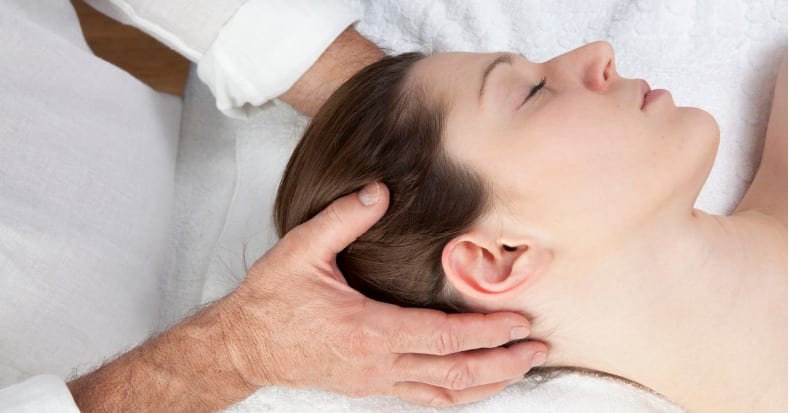Migraine headaches can have a serious impact on one’s quality of life and their ability to carry out their daily activities, both at home and at work. While chiropractic care has been demonstrated to be effective for tension-type and cervicogenic headaches, what does the literature say about its effect on migraines?
The first thing to understand is that while migraines may not necessarily be caused by cervical dysfunction, it’s becoming increasingly clear that issues in the neck may play some role in the migraine headache process.
For example, in a 2019 study published in the European Spine Journal, researchers examined the neck of 52 female migraineurs and 52 women without a history of neck pain or headaches and found that participants in the migraine group were significantly more likely to exhibit cervical dysfunction.
Another 2019 study, this time published in the journal Cephalagia, reported that migraine patients with concurrent neck pain had significantly more migraine-related disability than those without neck pain. Other studies have shown that individuals with migraines are more likely to have trigger points in the cervical muscles.
So, can chiropractic treatment to improve cervical function benefit migraine patients? A review of data from six randomized control trials that included a total of 667 migraine headache patients who received spinal manipulative therapy (SMT) concluded that SMT is “an effective therapeutic technique to reduce migraine days and pain/intensity.”
What can a migraine patient expect when they visit a doctor of chiropractic? First, the patient will undergo a thorough examination to determine which locations in the cervical region to apply treatment, usually by examining the degree of joint “play” or restriction, point tenderness, and localized muscle guarding using static and motion palpation methods. The treatment approach will typically include a combination of spinal manipulation, mobilization, specific exercises, modalities, and nutritional recommendations, depending on the patient’s needs and preferences.



